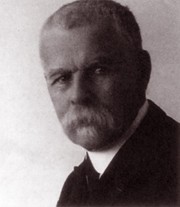
“The prize was awarded in recognition of the value of Maurice Arthus’ work, which was of paramount importance to biology and general pathology from both a theoretical and practical point of view. His publication entitled “From anaphylaxis to immunity’, which was published in 1921, is both a summary and a culmination of this work.”
Die von Richet entdeckte Anaphylaxie, eine akute allergische Allgemeinreaktion auf intravenös oder intramuskulär verabreichte fremde Eiweisskörper bei bestehender, aktiv oder passiv erfolgter Sensibilisierung, die tödlich verlaufen kann (anaphylaktischer Schock), sei bis zu den Arbeiten A.s als nicht weiter erklärbares Phänomen betrachtet worden, erklärten die Gutachter. A. wies anhand von Experimenten an Tieren die Sero-Anaphylaxie nach: Ein serumbehandeltes Tier reagiert auf ein gespritztes Toxin anaphylaktisch, ein nichtbehandeltes Tier zeigt keine Reaktion. Indem A. die Bedingungen und Reaktionsformen der Anaphylaxie beschrieb, habe er einen wichtigen Beitrag für die menschliche Pathologie und die Immunitätsforschung geleistet.

